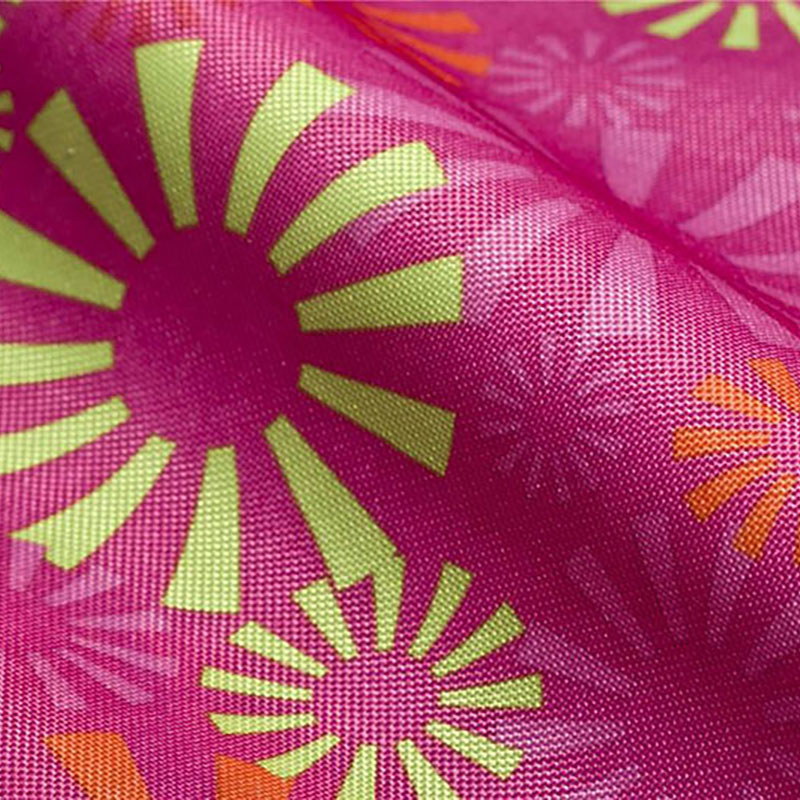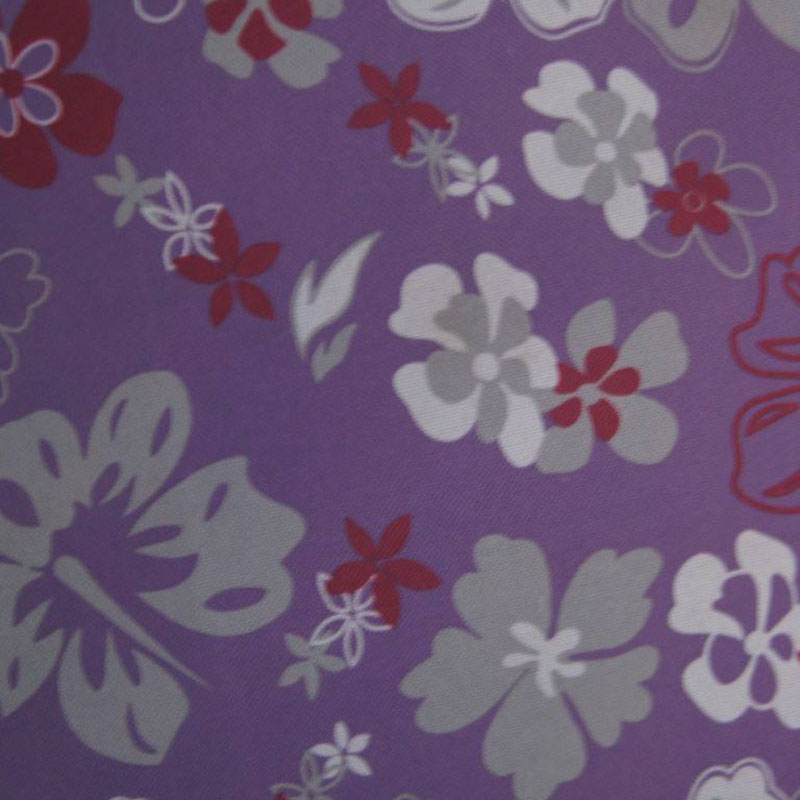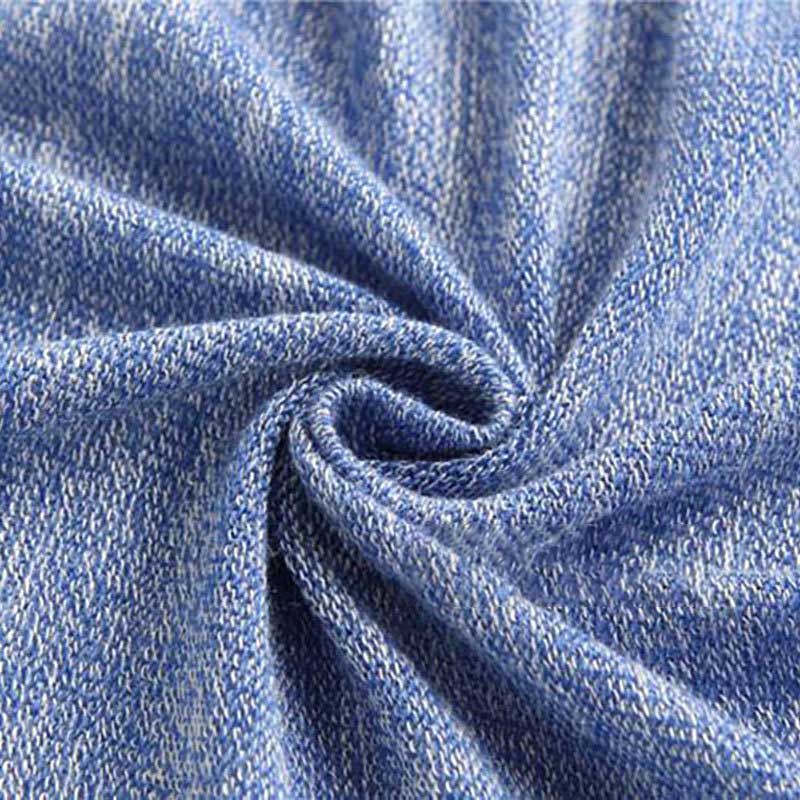In clothing design, fabric selection is one of the most important factors. As a designer, I know that fabric not only affects the appearance of the finished garment, but is also directly related to the wearer's comfort and overall style. Therefore, understanding the characteristics of different types of fabrics can help us better realize our design concepts.

Each fabric has different effects in design. For example, cotton fabric is favored by many consumers for its breathability and comfort, and is suitable for making casual clothing. Silk fabric is often used in the design of high-end evening dresses for its glossiness and smoothness. When we choose fabrics, we should not only consider the appearance, but also the functionality and use environment of the product.

In clothing design, the matching of fabrics is also very important. By combining different fabrics together, we can create new effects and styles. For example, the combination of knitted fabrics and leather can form a unique street style. In addition, designers can attract consumers' attention and enhance the competitiveness of the brand through the innovative use of fabrics.

In today's fiercely competitive fashion industry, fabric selection is crucial. It not only affects the appearance of clothing, but is also directly related to the wearer's experience. Therefore, designers and consumers need to have a deep understanding of the characteristics and applications of fabrics, and use fabric knowledge reasonably to achieve a win-win situation for design and market.

